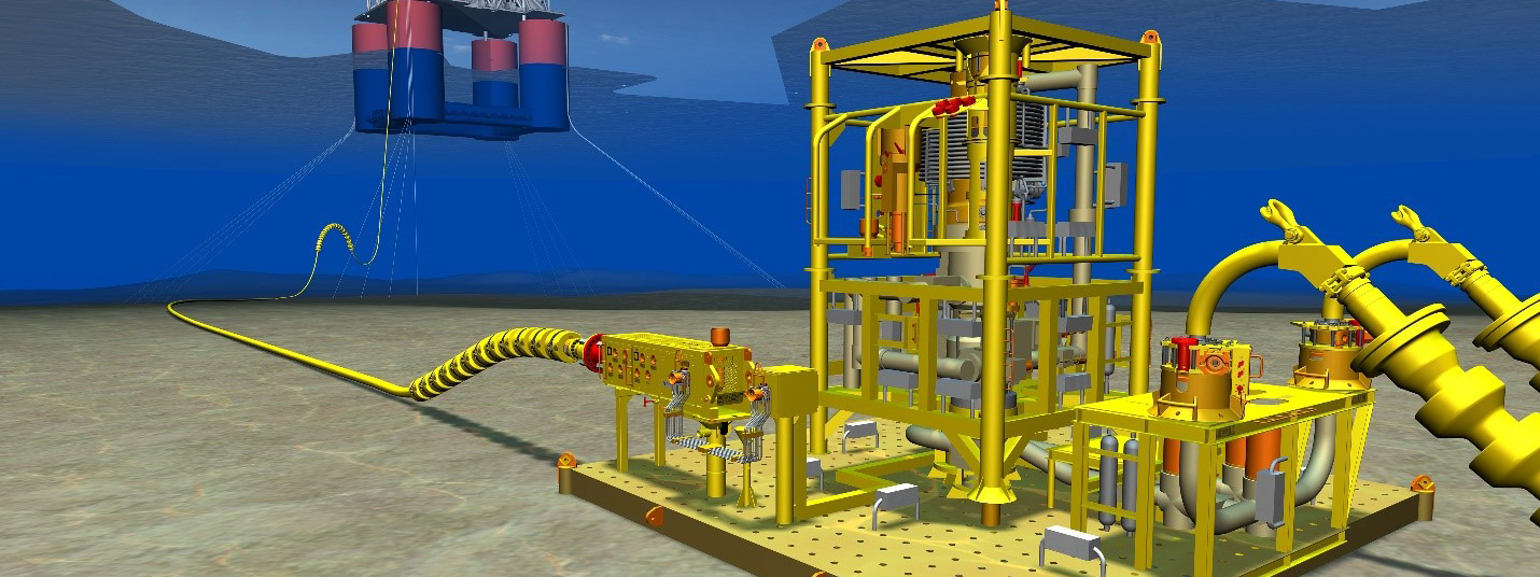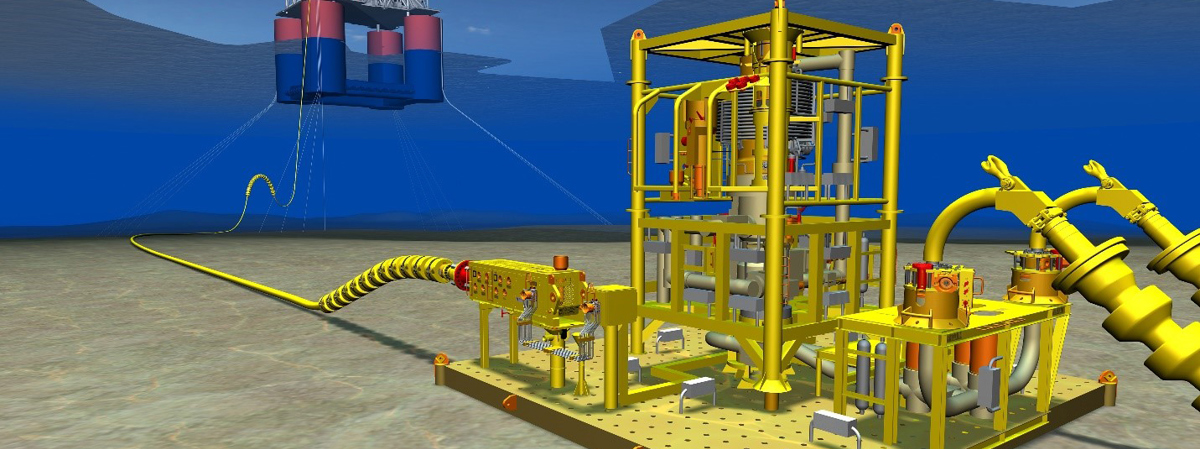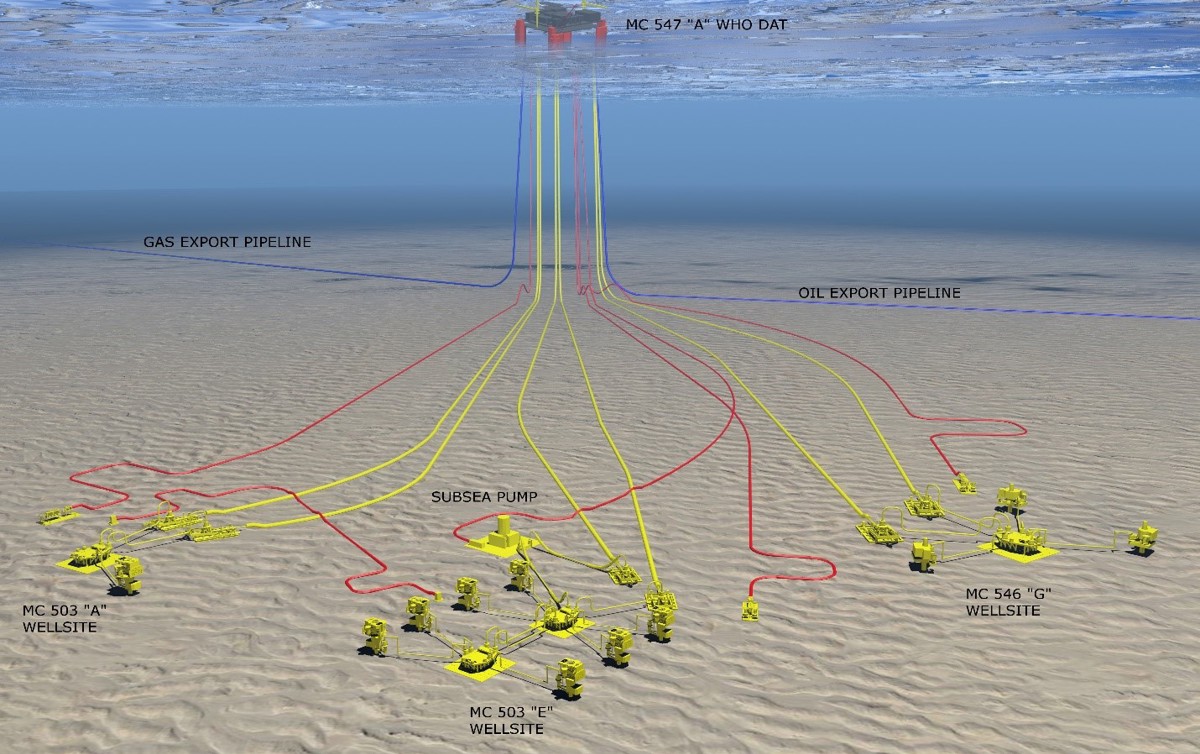News - Press Release

Early engagement is invaluable to the success of our integrated Engineering, Procurement, Construction, and Installation (iEPCI) project execution approach. By partnering with our clients as early as possible in the process, our project planning team can determine the most robust and impactful solutions and technology to meet their needs.
An example of the power of this approach is visible in our partnership with LLOG on its Who Dat field in the deepwater Gulf of Mexico.

In March 2018, we were contracted by LLOG, one of the largest independent exploration companies in the US, for our iEPCI offering to provide a brownfield expansion with subsea boosting. The contract covered a 2 MW subsea multiphase boosting system, along with a power and control umbilical, tie-in structure, topsides and subsea control system and distribution and offshore installation.
Discovered in 2007, the Who Dat field, located in Mississippi Canyon 503 in about 3,100 ft of water, originally entered production in 2011. Per LLOG, there are 11 subsea wells, 11 productive horizons, 26 reservoirs and 35 planned completions in the Who Dat depletion plan. Fluids vary from lean gas to 16° API gravity oil.
The subsea pump station will be installed adjacent to the MC 503 E manifold to selectively enable boosting of multiple wells in these two manifolds.
LLOG originally tapped us in 2011 and 2013 to supply seven subsea production trees and associated control systems, a subsea manifold, multiphase meters, and subsea distribution for Who Dat during its development. Now, years later, we were contracted to return to work on Who Dat.

Who Dat's subsea pump station will be installed adjacent to the MC 503 E manifold later this year
Driving the solution, driving the change
Who Dat’s project team has been dedicated to the Gulf of Mexico, so engineers familiar with LLOG’s requirements are involved. In this way, we can ensure that the project incorporates the execution benefits of our companies’ close working relationship.
Our cost-efficient pump system addresses LLOG’s main priorities of boosting wells and achieving incremental oil recovery at a reduced total installed cost. Our permanent magnet motor, which operates at speeds up to 6,000 rpm, can efficiently achieve the required boost pressure for the well fluids, which have high gas volume fractions. The incremental production enabled by the high speed boosting system allows the operator to reach approximately 10% higher production rates than achievable with lower speed subsea boosting technologies.
Supporting the project’s streamlined execution model, the system selection is based on a standardized TechnipFMC design consistent with successful pump systems deployed in other deepwater projects.
Early engagement with LLOG allowed us to meet Who Dat’s requirements to improve project economics, which is key to the project’s success. This level of early involvement and our integrated approach allow us to lower and redistribute risk, which has traditionally been shouldered exclusively by the operator. To manage LLOG’s risk for this project, we offered payment milestones linked to availability and system performance during the initial years, a completely innovative commercial model.
Further, to manage operational risk, we deployed a condition performance monitoring (CPM) system for the subsea boosting system, allowing both LLOG and TechnipFMC to continuously monitor the health of the equipment. A suite of subsea and topside sensors monitor the pump's hydraulic performance, the barrier fluid system, the condition of the dynamic mechanical seals, the cooling system, the motor and the variable speed drive. The subsea and topsides instrument data are gathered by the field recorder. Sophisticated CPM algorithms in the software analyze the data to proactively anticipate potential failures and proactively optimize operating conditions to maintain availability. The system also enables planning for intervention and equipment replacement to minimize downtime.
Installation of the multiphase pump is expected to be completed in the second half of 2019, and LLOG said in a September 2018 operational update that it expects it to increase production by at least 2,500 b/d and to increase reserves by at least 6 MMboe.
As the only company capable of fully integrating SURF and SPS, we serve as the sole contractor throughout an iEPCI project, reducing schedule waste and risk by reducing project interfaces and complexity. Our integrated approach increases value for the operator, as it did for LLOG, through scheduling assurance, lowered costs and risk mitigation.
With more iEPCI projects ongoing around the world, TechnipFMC continues to drive change in the industry.
More news
-

News | December 08, 2025
TechnipFMC marks milestone 100th Subsea 2.0® tree delivery with client that placed first order
-

News | November 19, 2025
TechnipFMC Reinforces Global Leadership Through Strategic Technology Days Across Three Continents
-

News | November 14, 2025
TechnipFMC Recognized as Local Content Champion at Namibia Energy Connect 2025